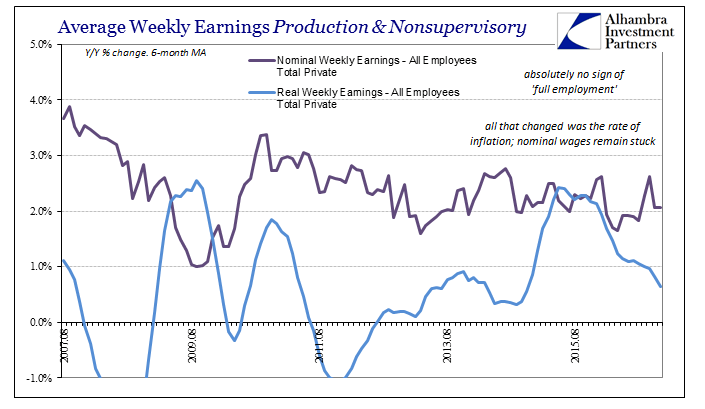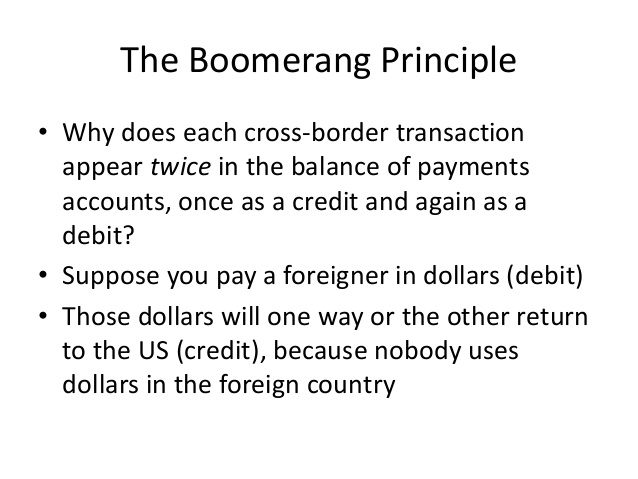Content

Chapter 9 comprises Sections 461 to 546 and from outset, S461 makes it clear that gains are charged to income tax. Only in certain specific circumstances will a charge to capital gains tax arise. Section 18 confirms that ‘savings income’ includes onshore and offshore insurance policy gains. S465A ITTOIA 2005 states that onshore bond gains are treated as the highest part of an individual’s total income. What are the seven steps required to calculate an individual’s income tax liability. Find everything you need to know in our knowledge library. On joint returns, both spouses are jointly and severally liable for the tax due.
- Your tax liability is the full amount of taxes you owe to the IRS at the end of the tax year and applies to both individuals and businesses.
- You would follow the same process for estimating expenses as you did for estimating income.
- Your self-employment tax liability is 15.3% of your net earnings.
- If you are eligible for a refund, you will receive it automatically as a check sent through the mail or through direct deposit.
- To accurately calculate and reduce tax liability, keep track of business expenses.
Tax liability is the payment owed by an individual, business, or other entity to a federal, state, or local tax authority. Over the last few years, the IRS has tried to make https://business-accounting.net/ some changes to the 1040 form in an effort to make it a little bit simpler to fill out. All that said, here’s where you can find your tax liability totals this year.
Tax Liability: What is it and how do you calculate it?
It’s based on your earnings minus the standard deduction for your filing status, or your itemized deductions if you decide to itemize instead. It’s also based on any above-the-line adjustments to income or tax credits you might be eligible to claim. Your total tax liability is the combined amount of taxes you owe the IRS from income tax, capital gains tax, self-employment tax, and any penalties What does “tax liability” mean? Is that the amount or interest. This also includes any past-due taxes that you haven’t paid from previous years. Taxpayers can claim deductions for medical expenses incurred during the relevant tax period. In addition, contributing to the various tax-benefit savings plans like Flexible Savings Account, 401 plan, Individual Retirement Account , and Health Savings Account can increase tax deductions.
How Do I Know If I Have No Tax Liability?
You have no tax liability if you aren’t required to file income taxes or have no taxable income for the tax year.
Unless otherwise noted, the following information applies to individuals for tax year 2022. For information about another tax year, please review the Department’s Instructions and Bulletins for that year. When you invest in a business, you are essentially giving them money so they can grow. The trouble is that when you invest money in a company, it doesn’t change your personal cash flow right away. The amended return should be submitted along with an explanation of the change and a copy of the federal amended return, Form 1040X, if one was filed. Learn accounting fundamentals and how to read financial statements with CFI’s free online accounting classes. The Ascent is a Motley Fool service that rates and reviews essential products for your everyday money matters.
Can you have both deferred liabilities and tax assets?
Basically, income tax expense is the company’s calculation of how much it actually pays in taxes during a given accounting period. It usually appears on the next to last line of the income statement, right before the net income calculation. Payroll tax liability includes the income tax you withhold from staff paychecks as well as the employer portion of FICA, along with any state and federal unemployment taxes. It’s important to calculate your tax liability for several reasons, but one of the main reasons is that it allows you to properly budget for the expense. Calculating your tax liability can also help you make more targeted business decisions or take a closer look at your expense deductions. Finally, knowing the tax liability for your business helps you have more accurate financial statements.

